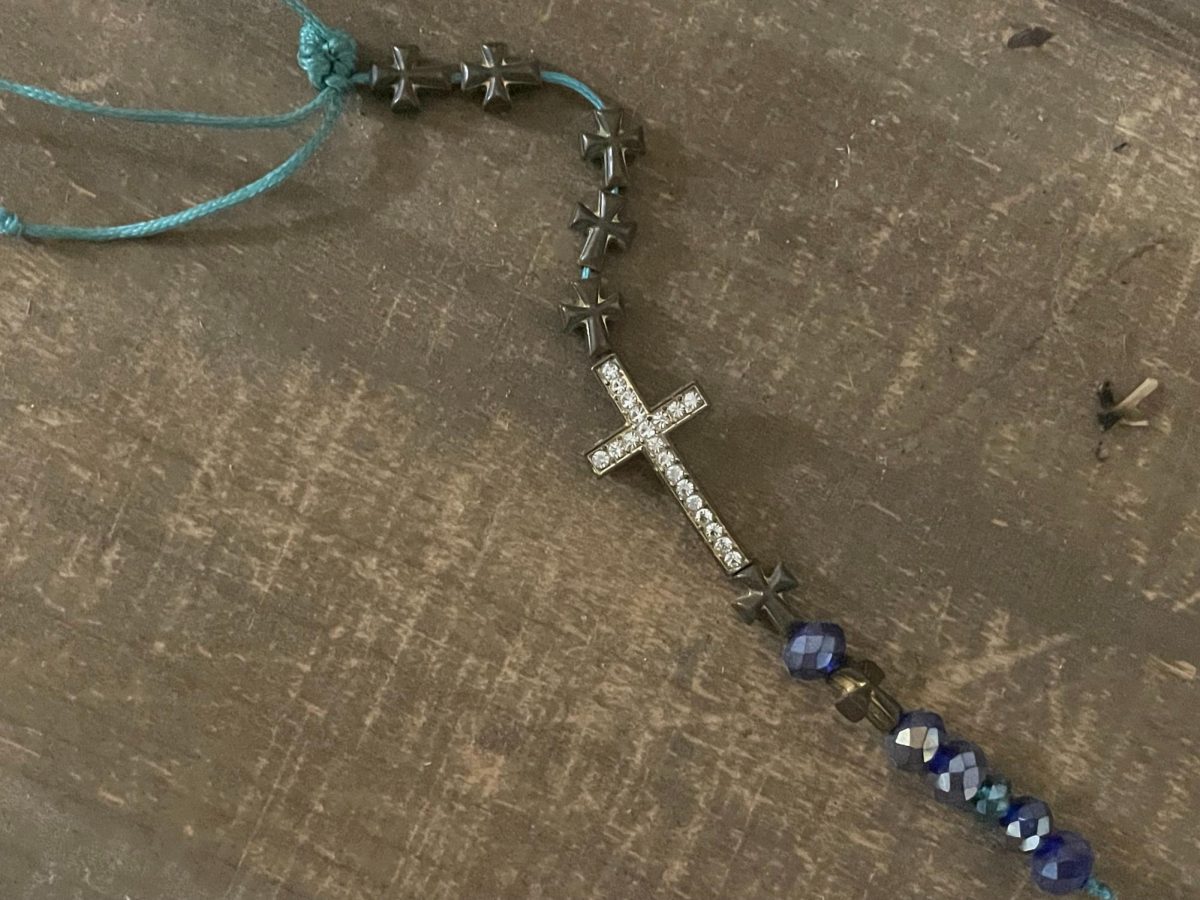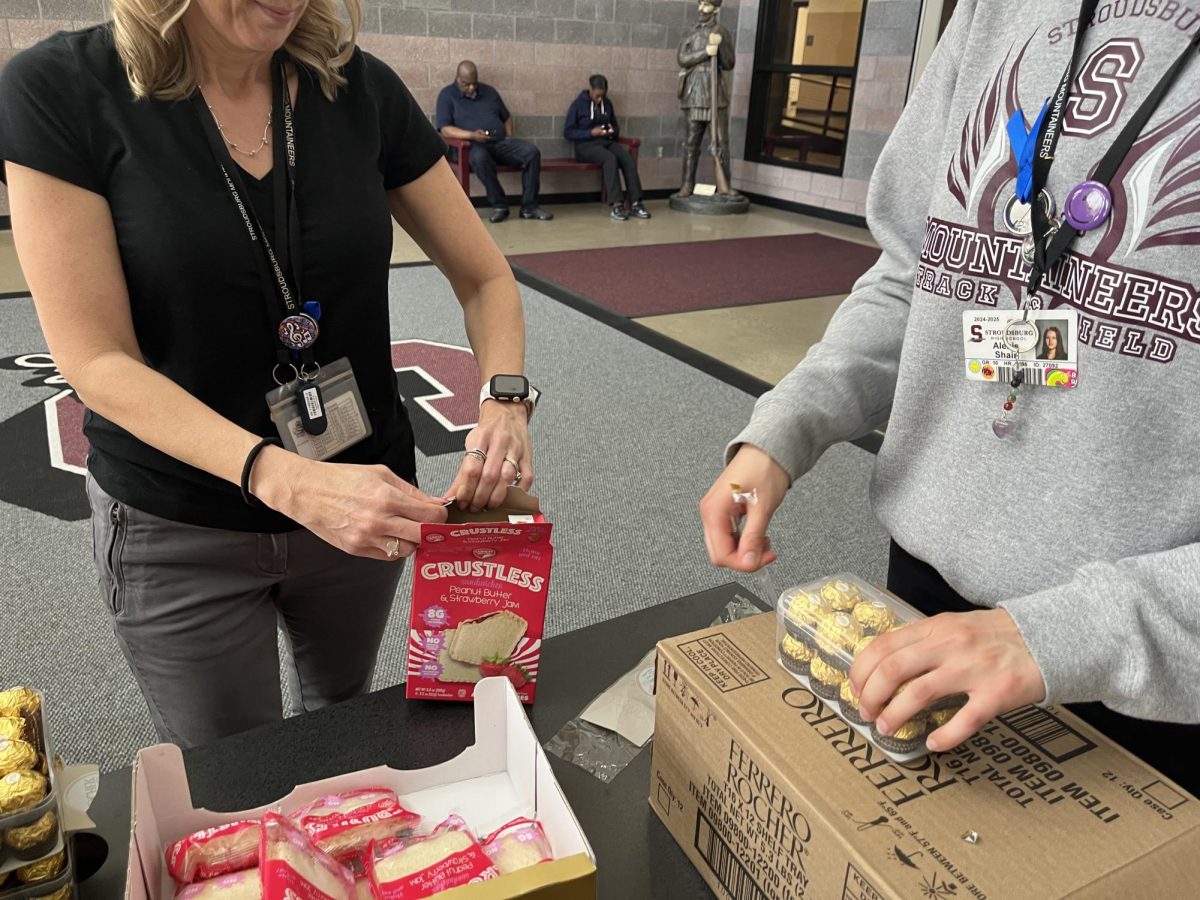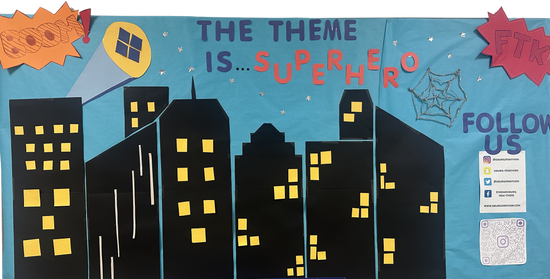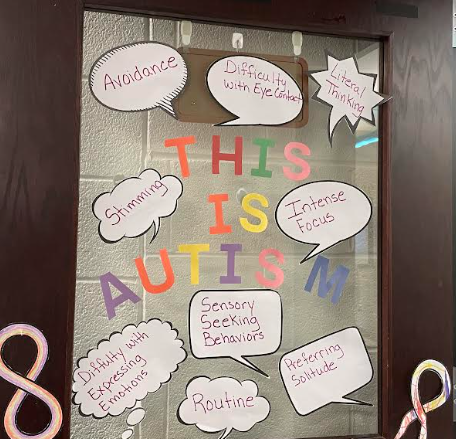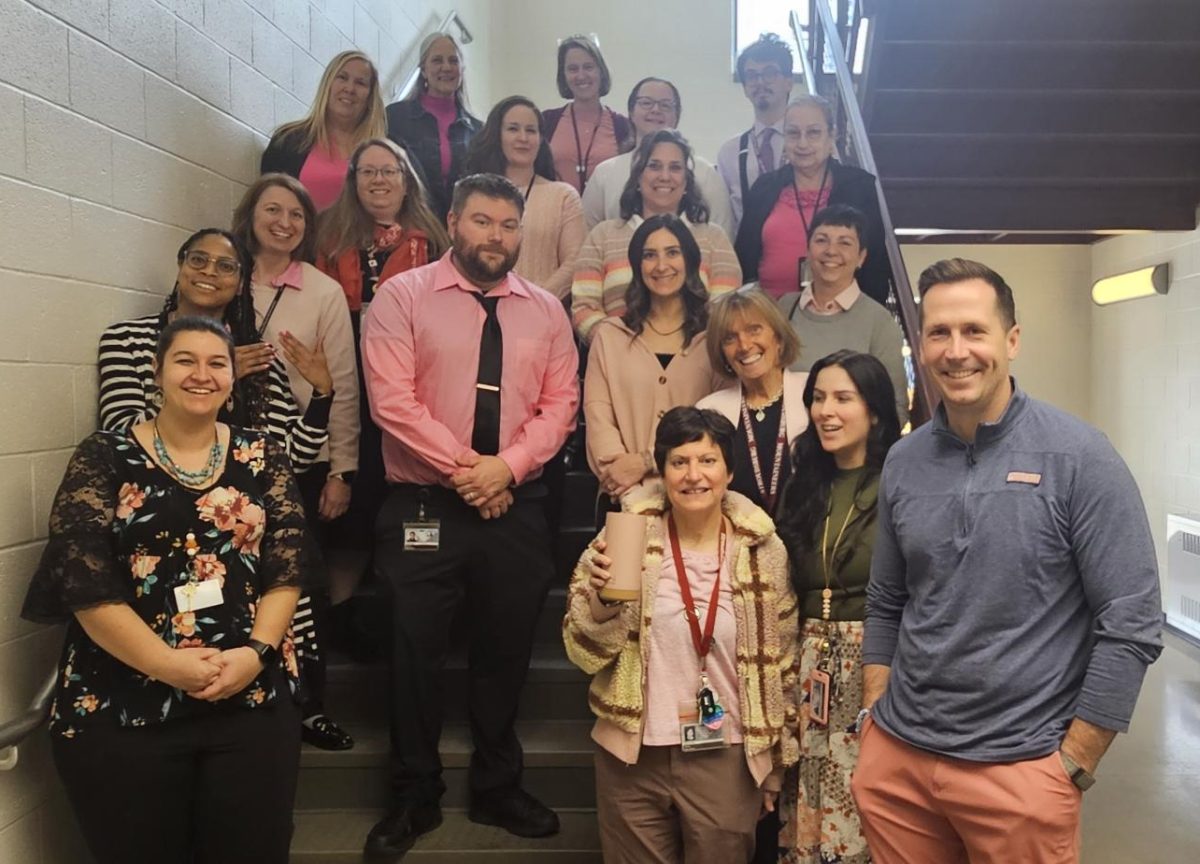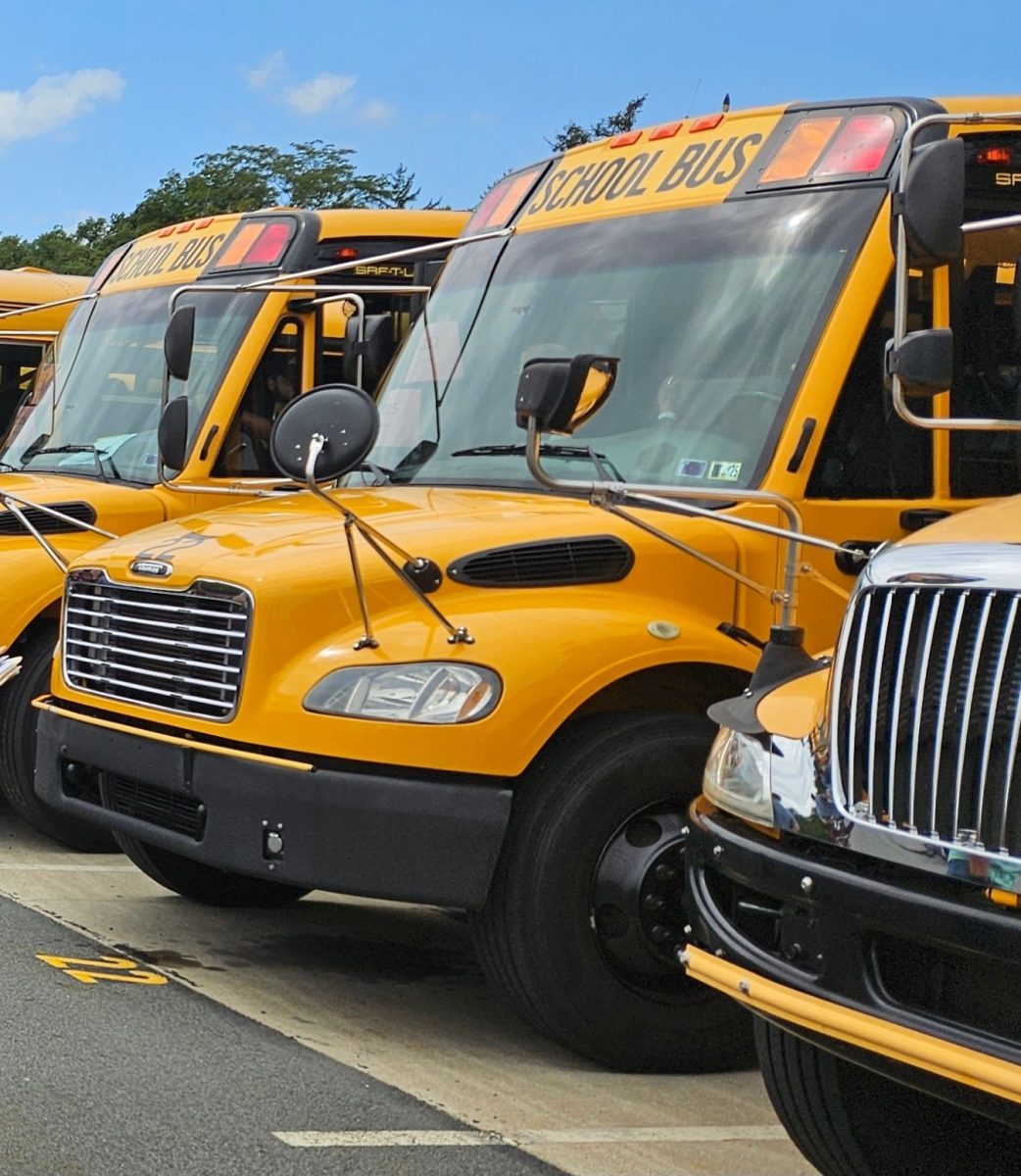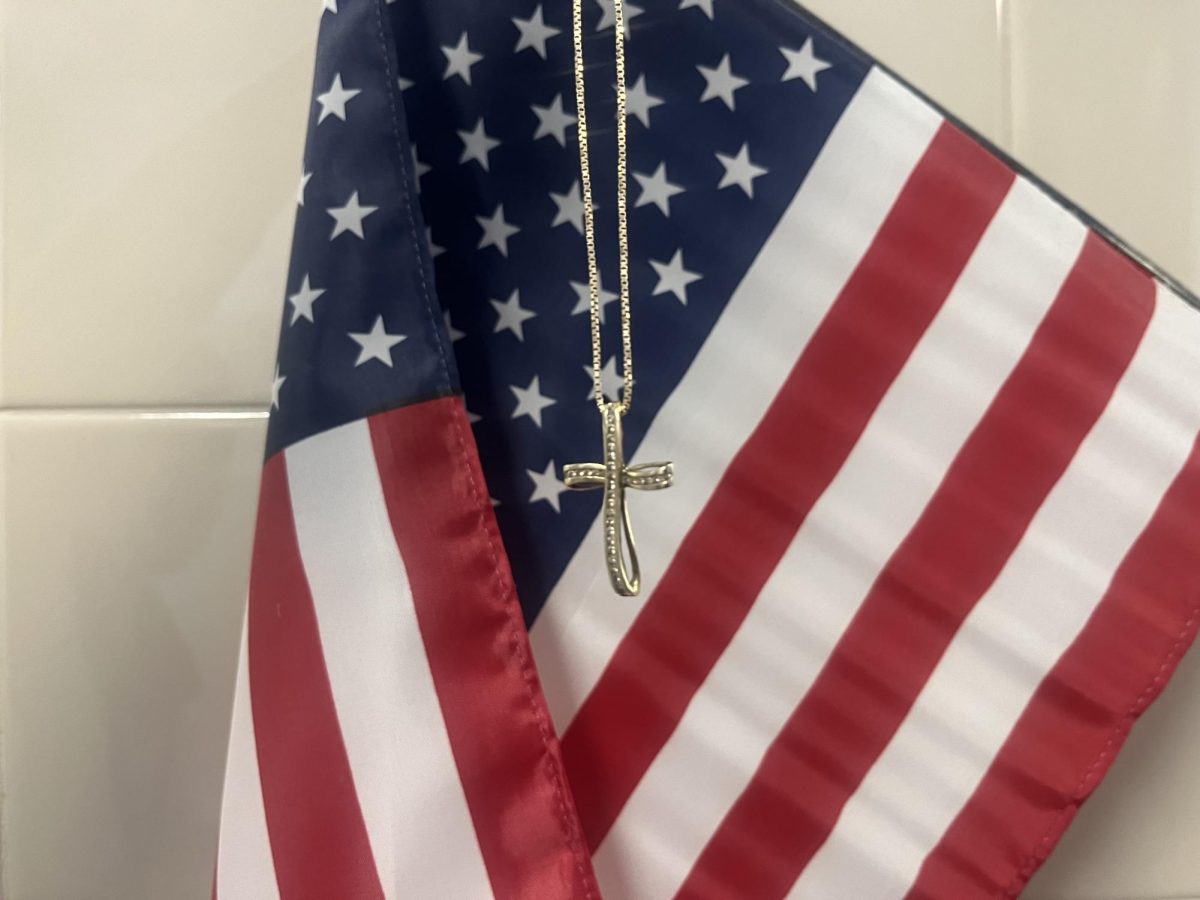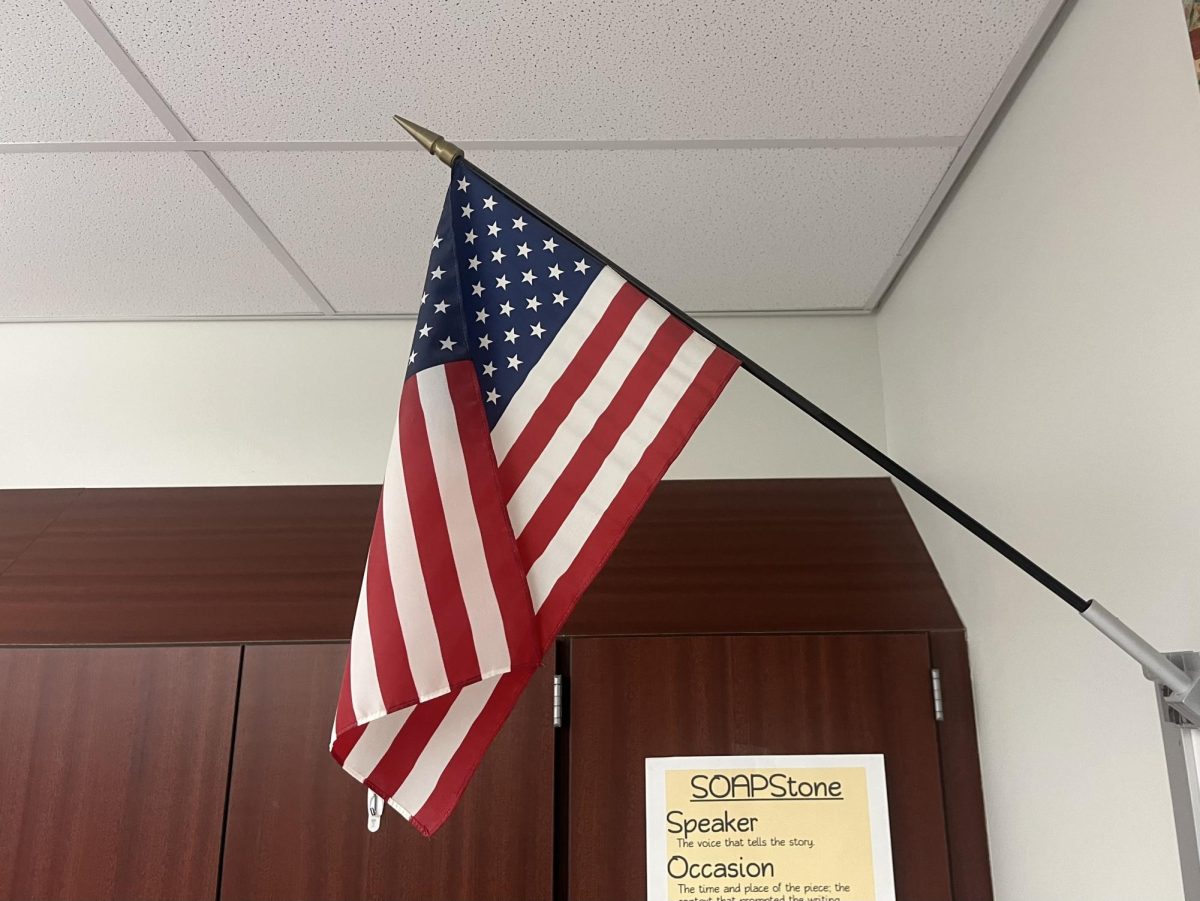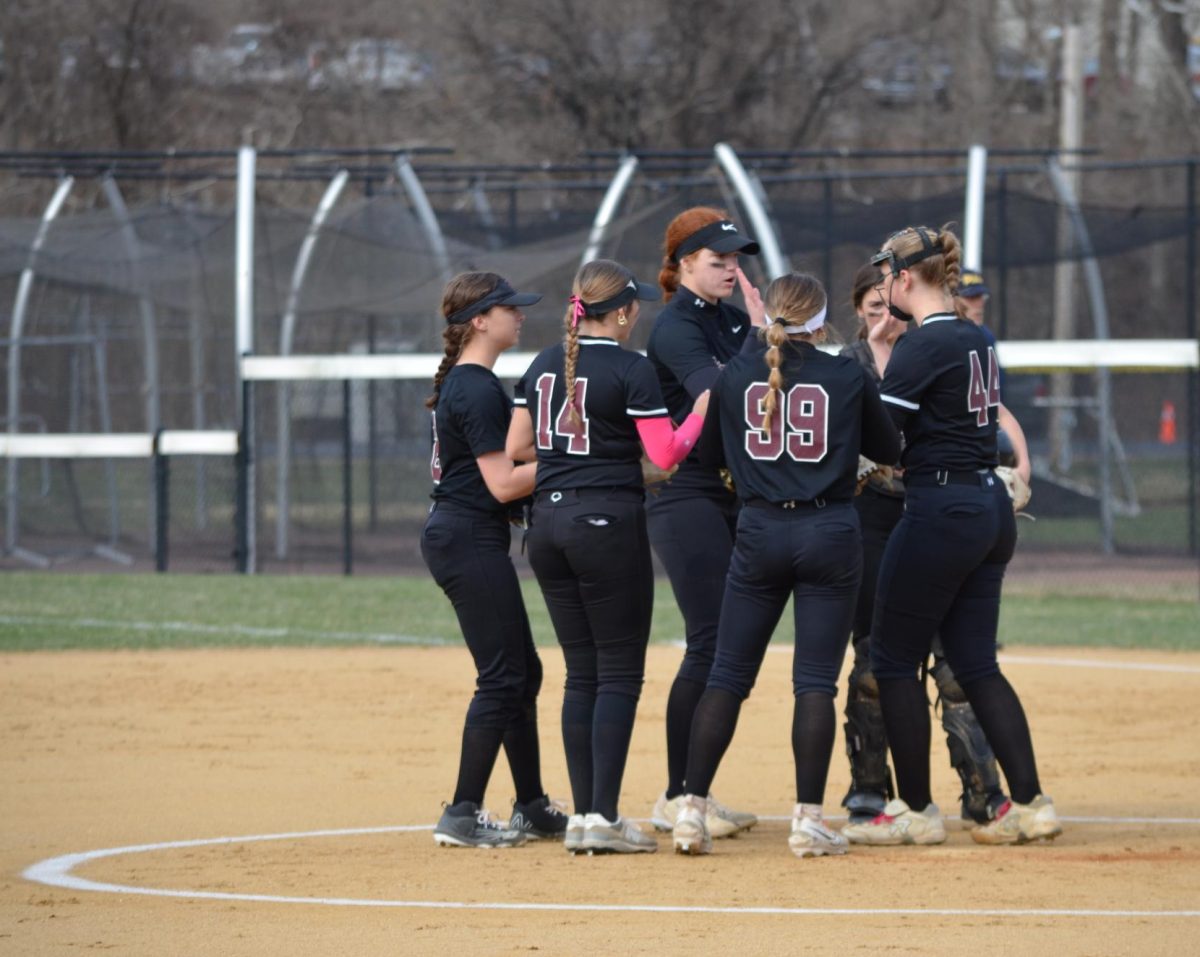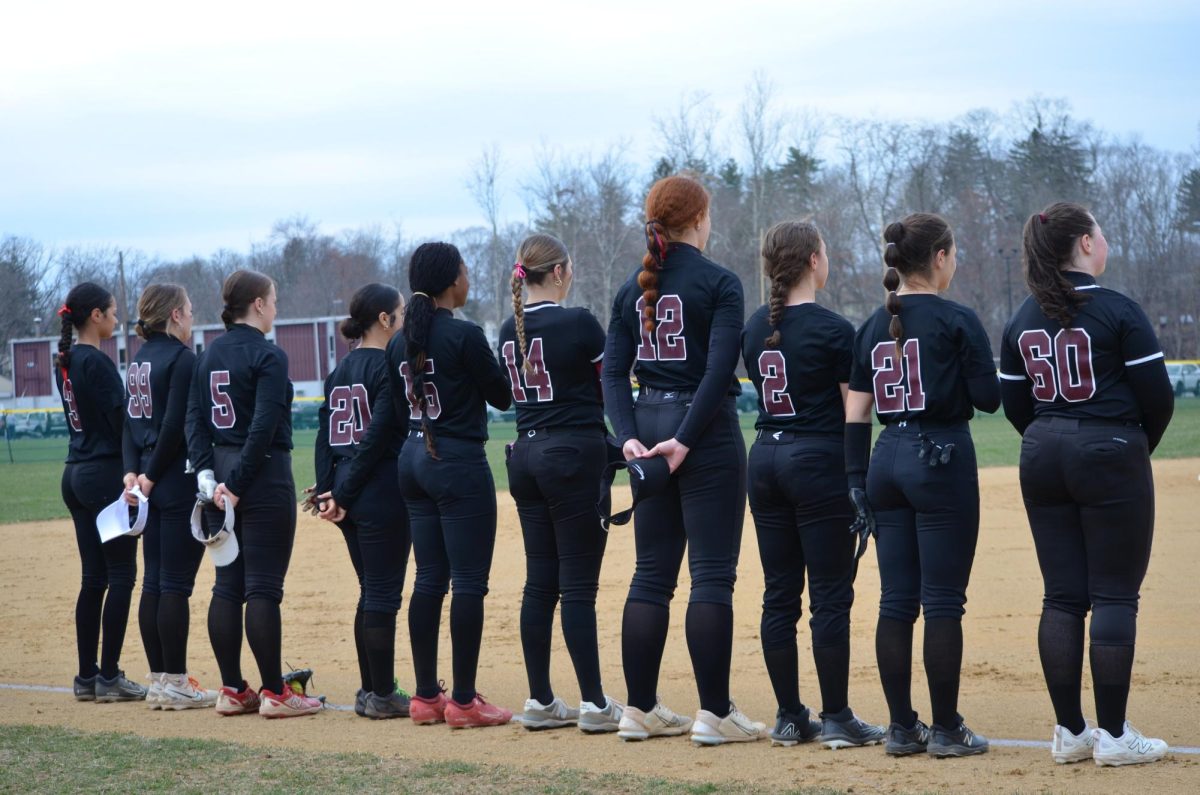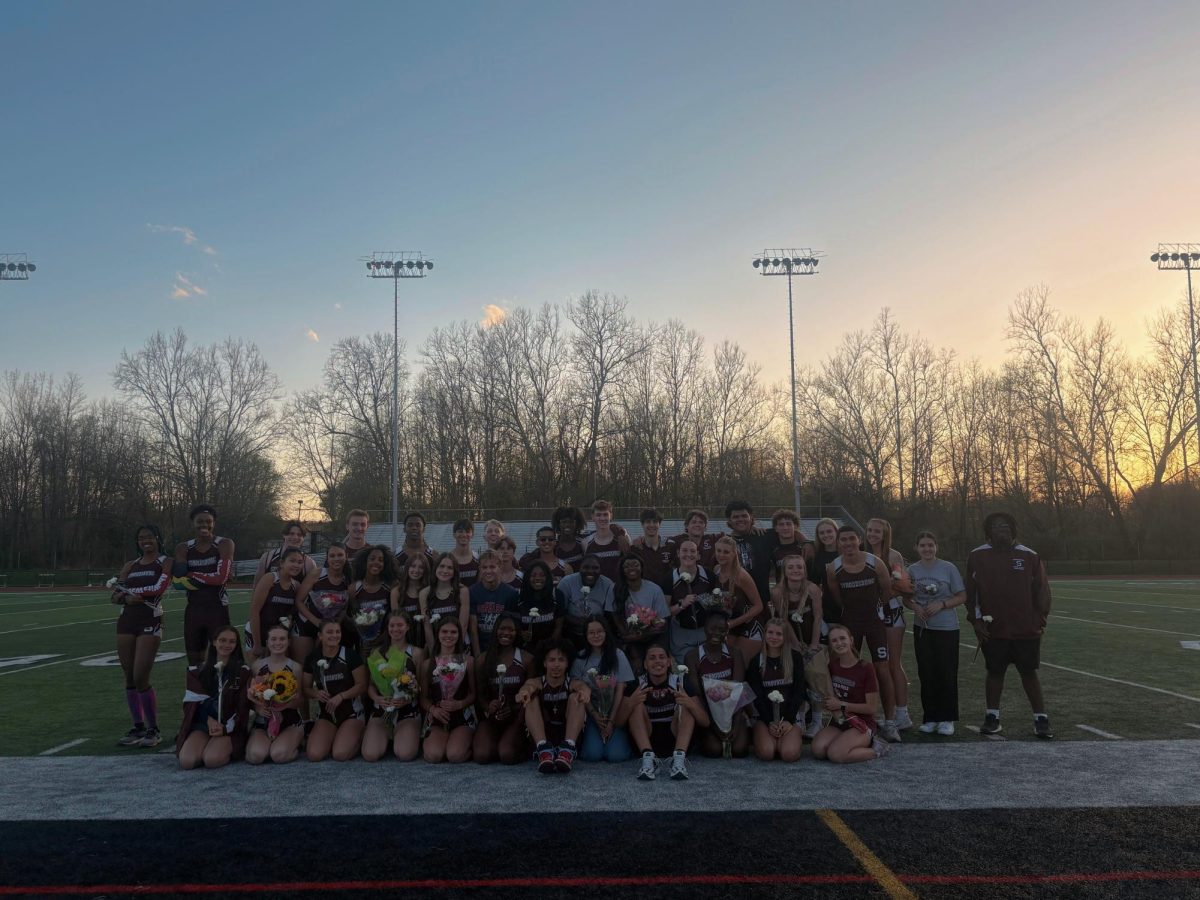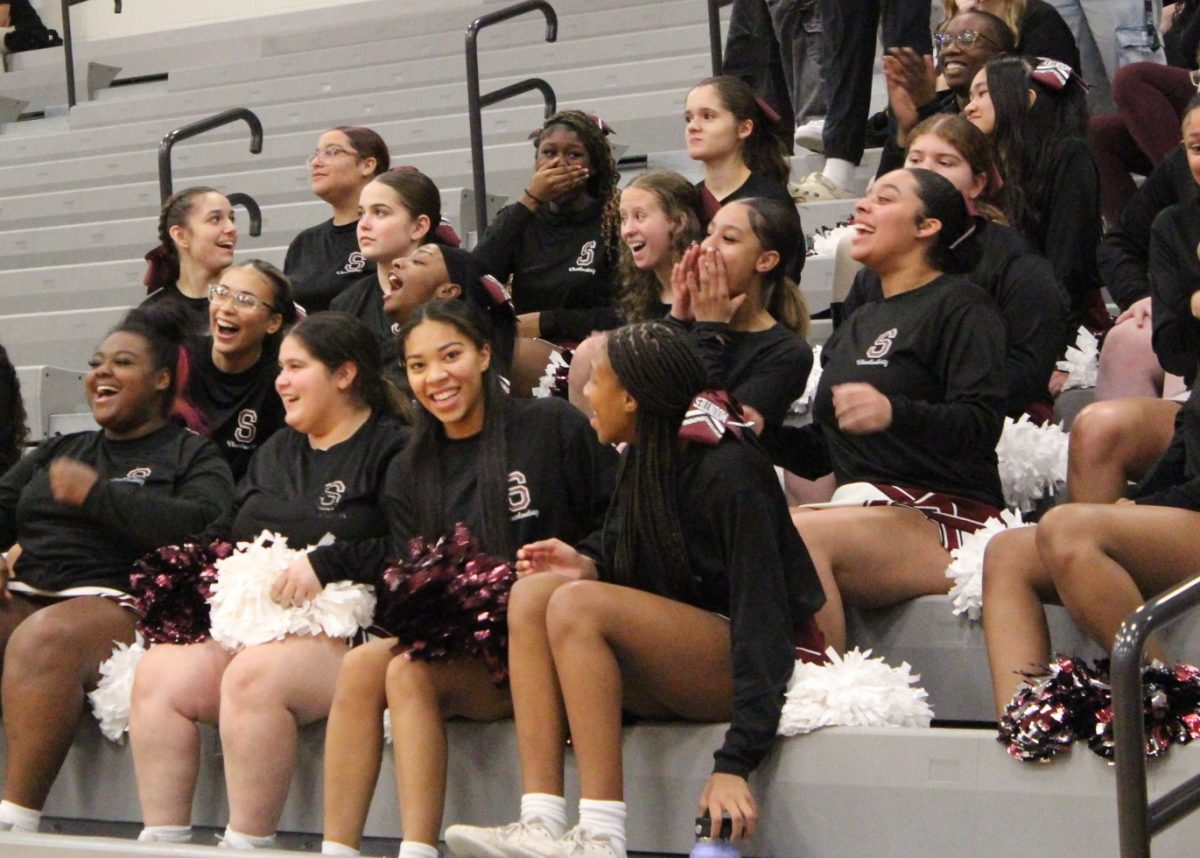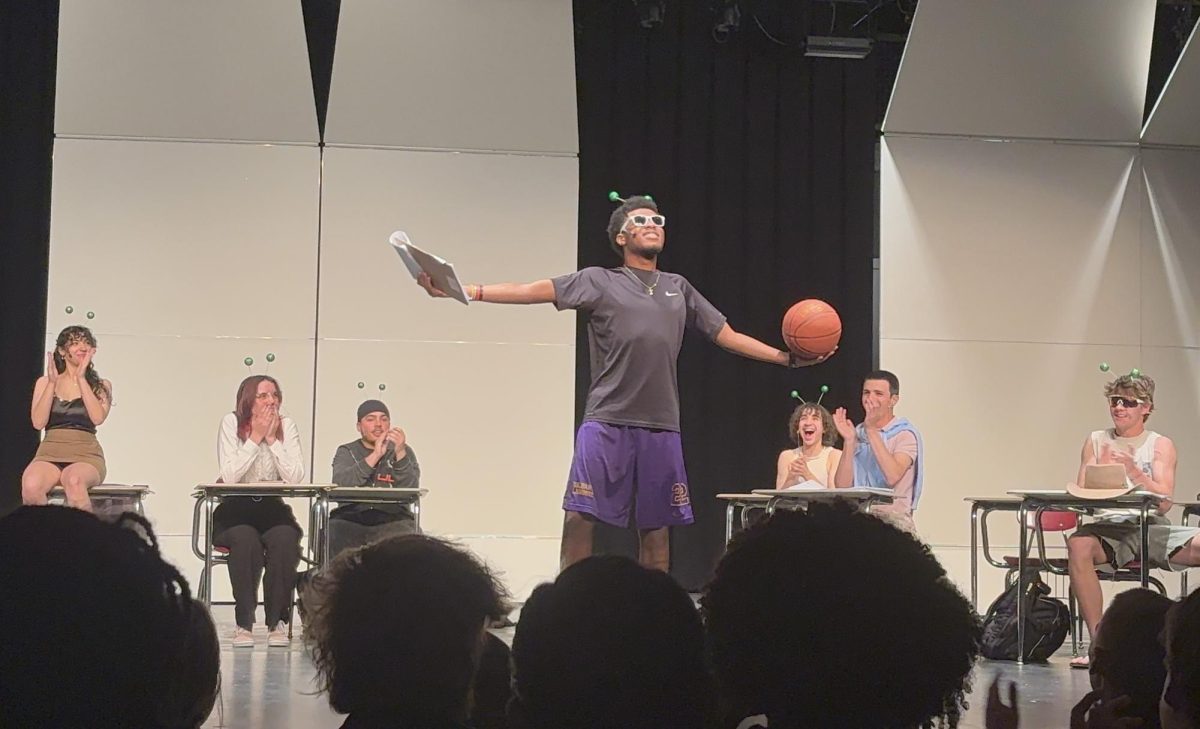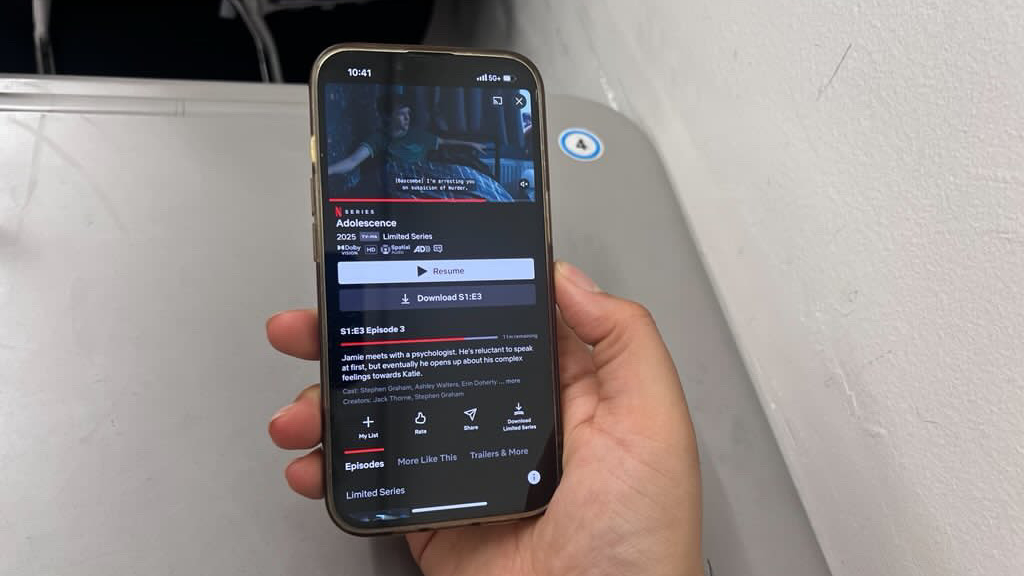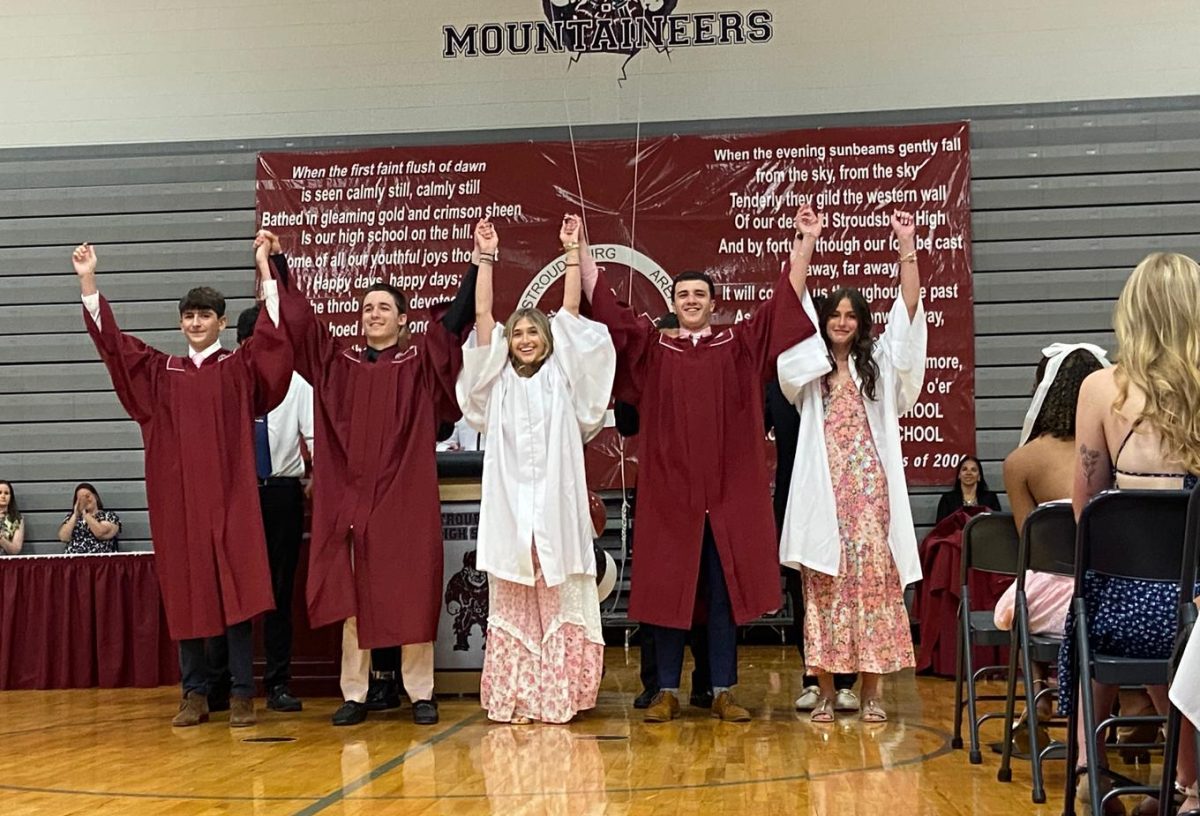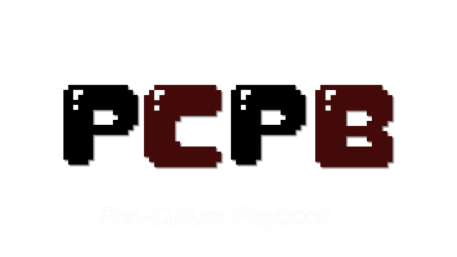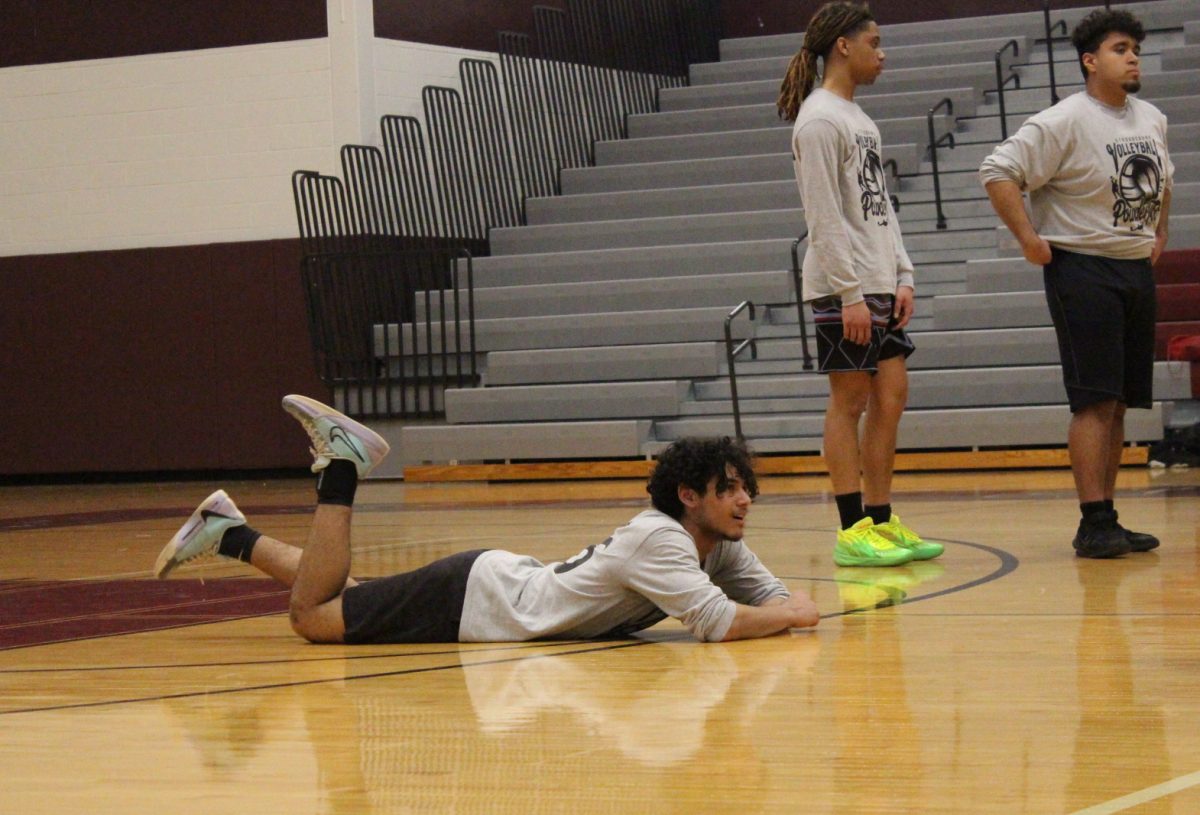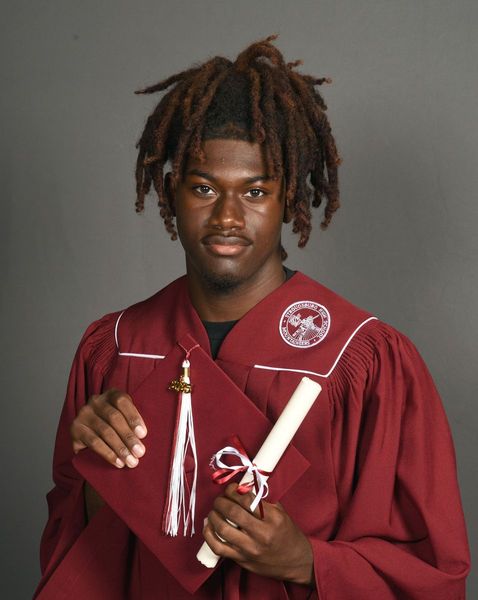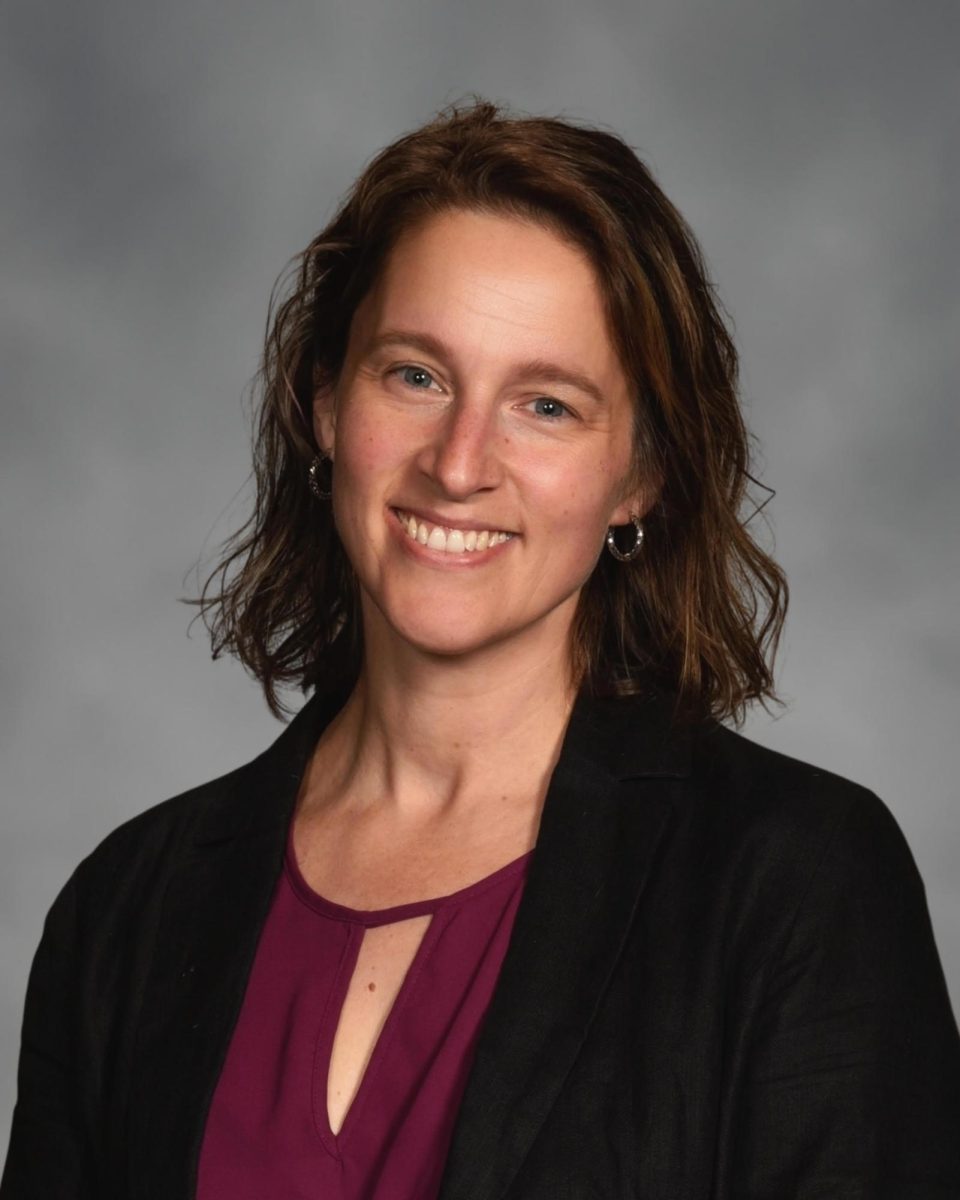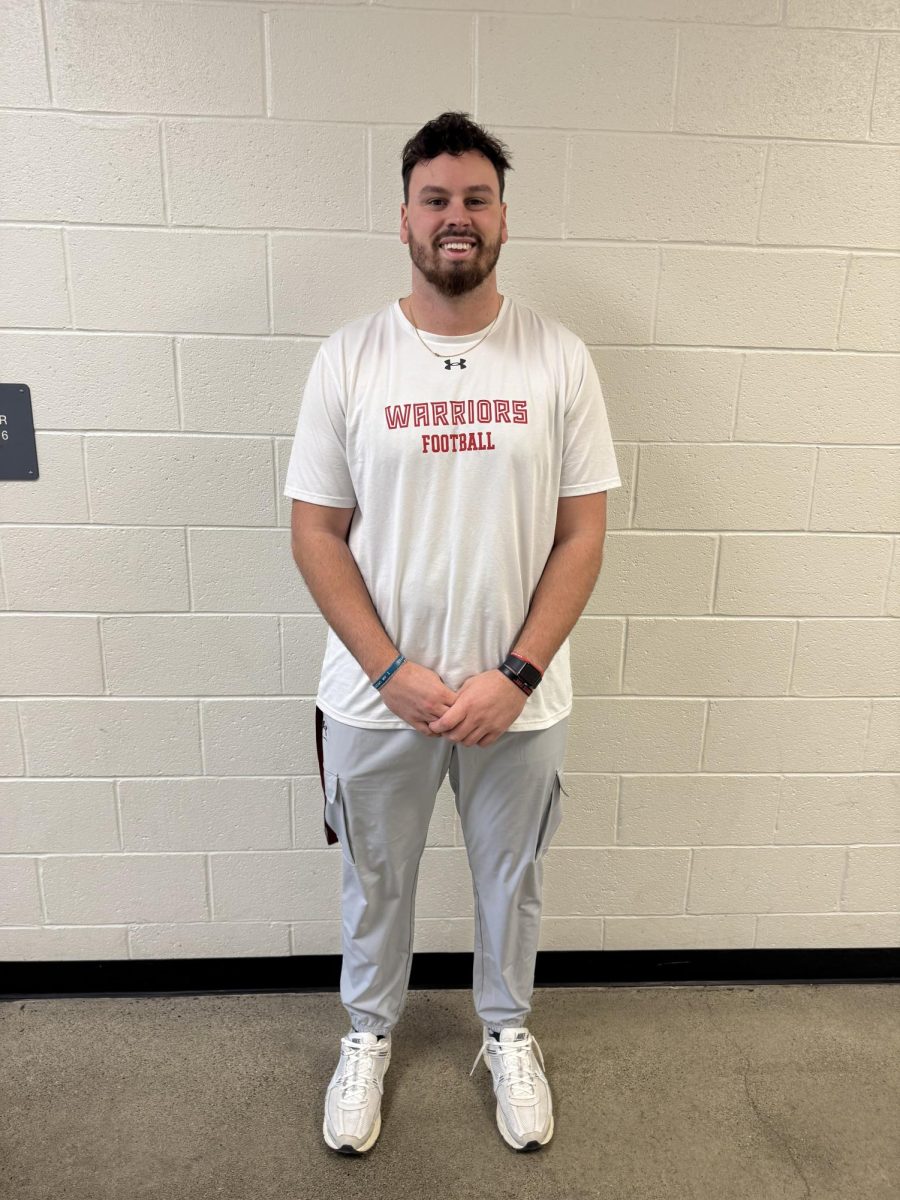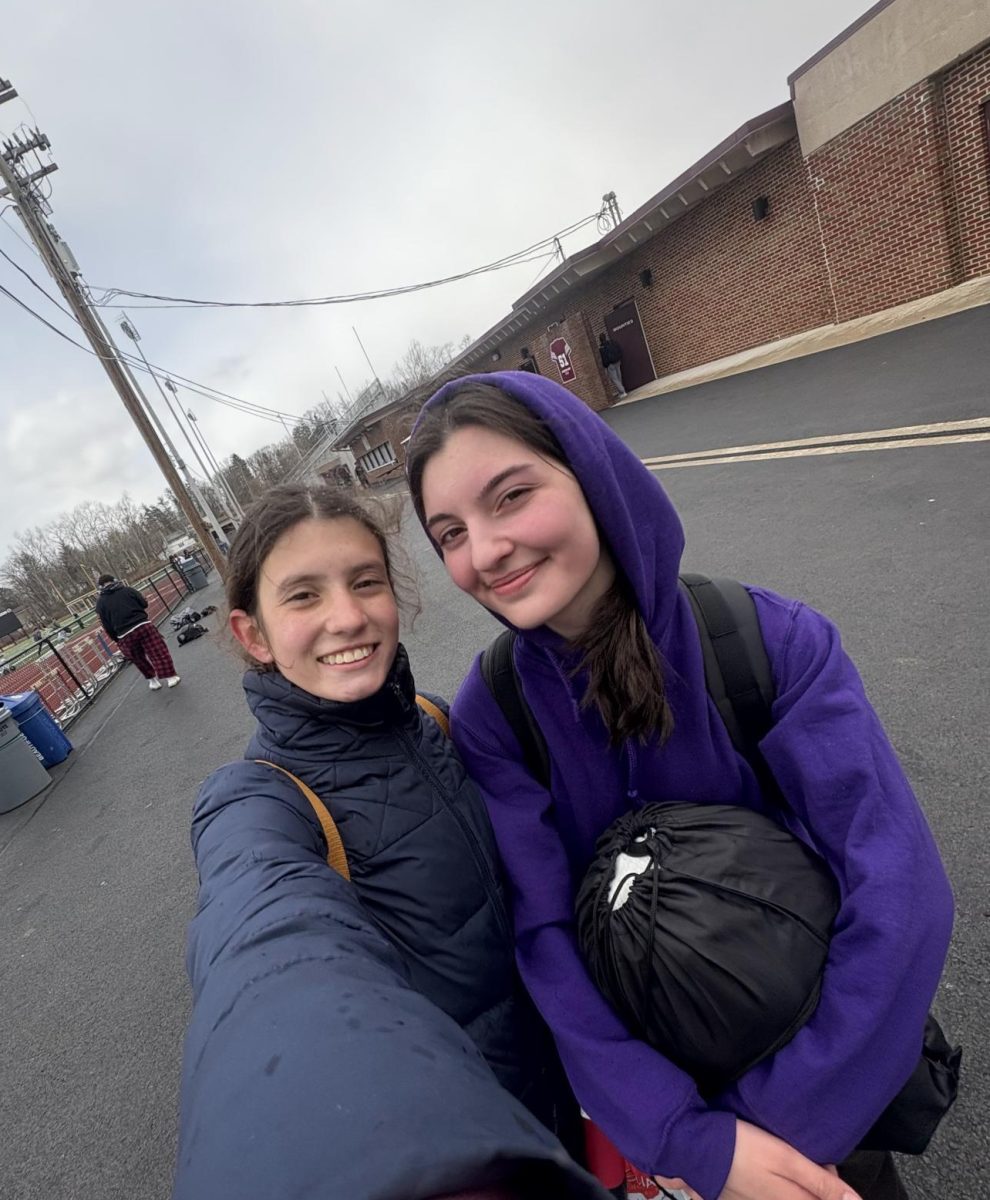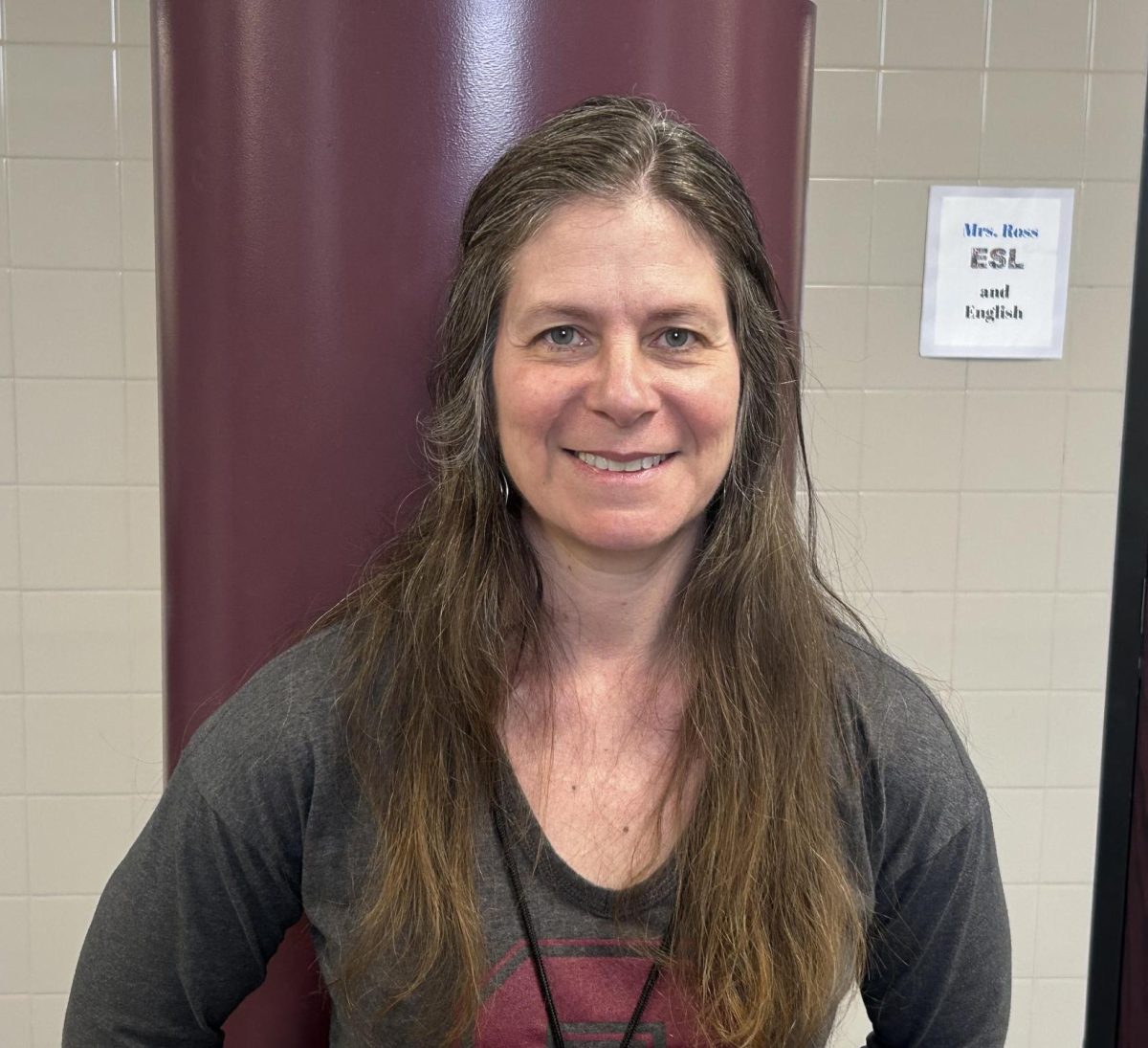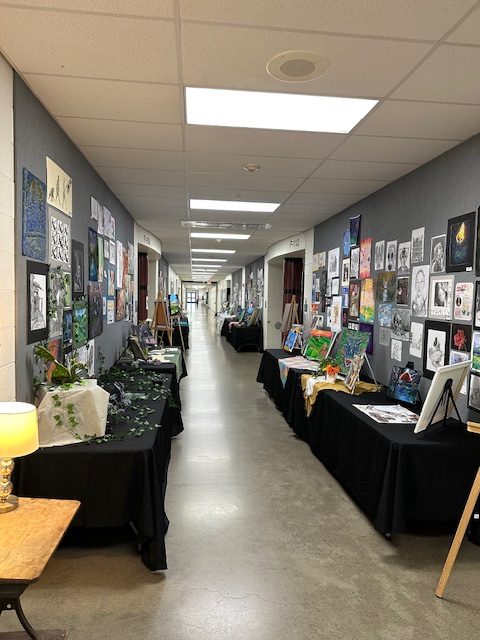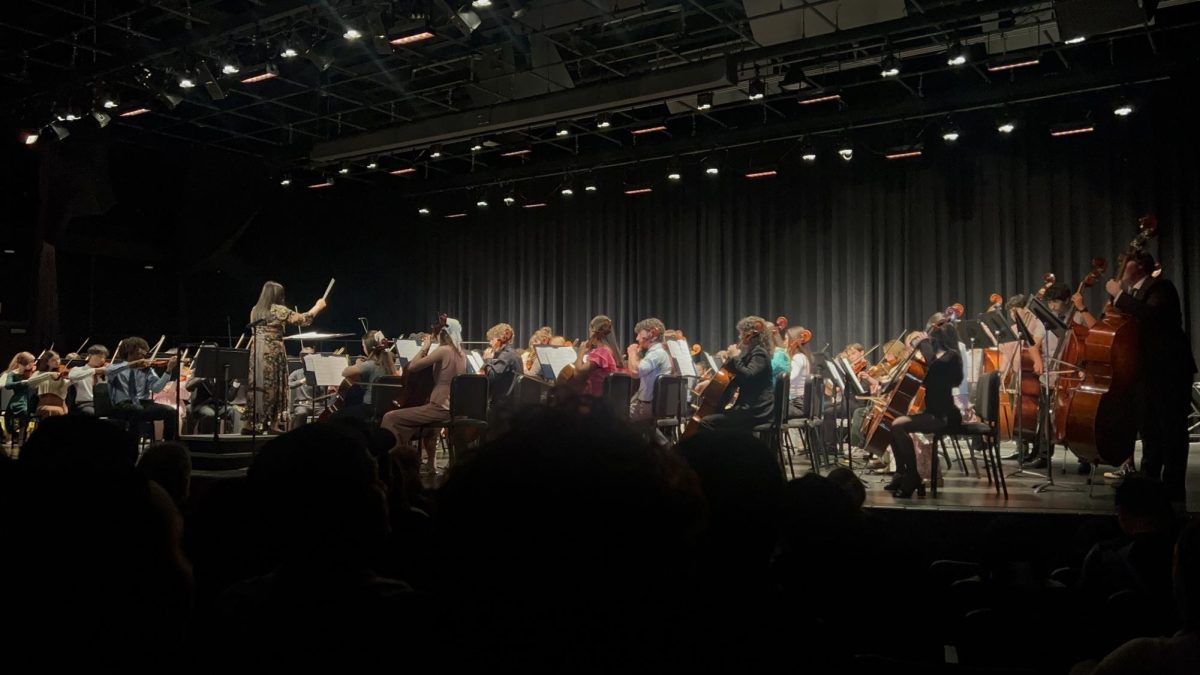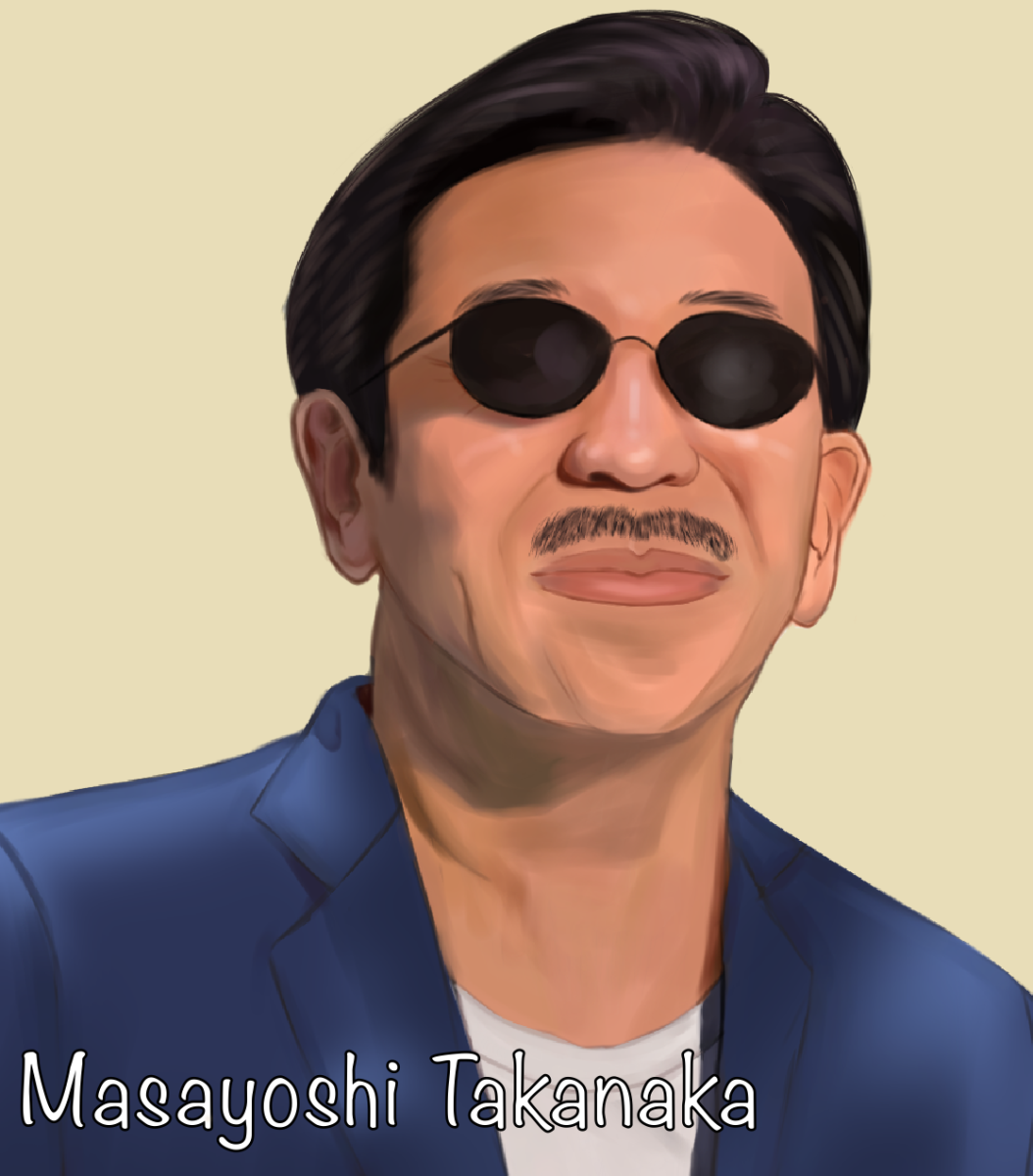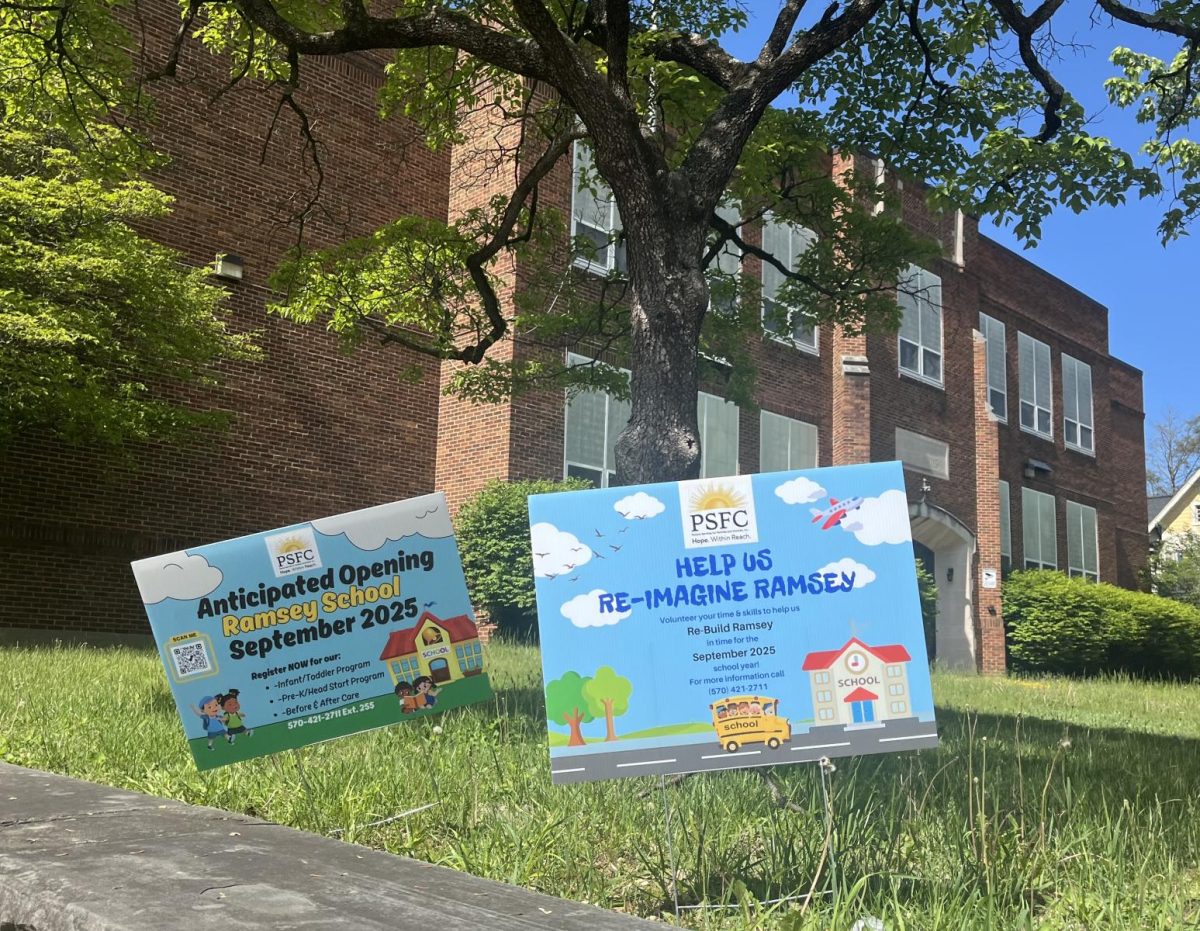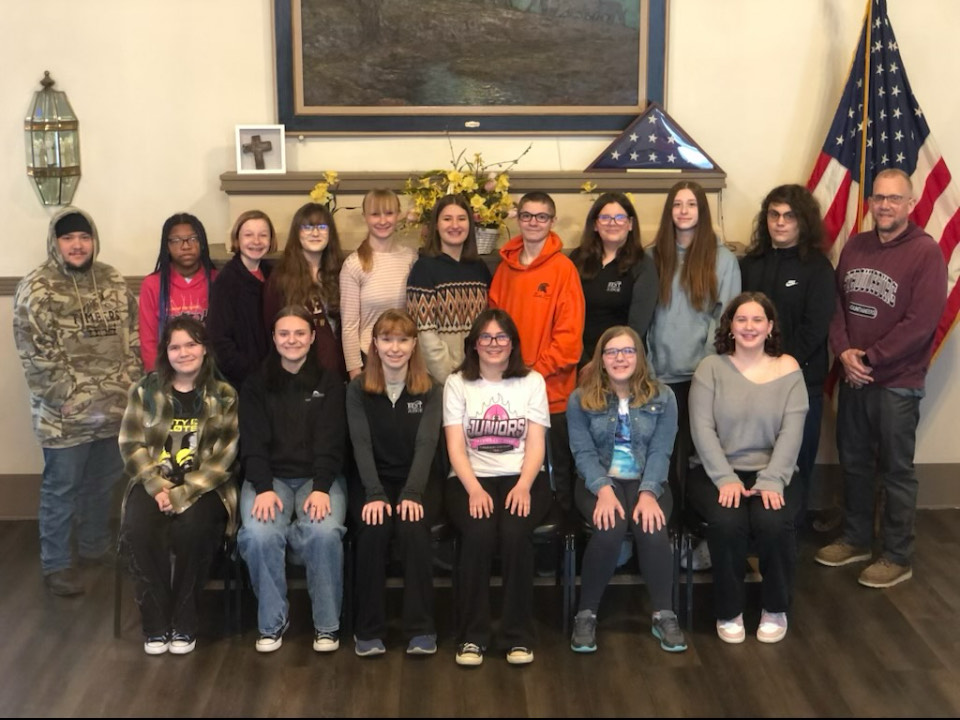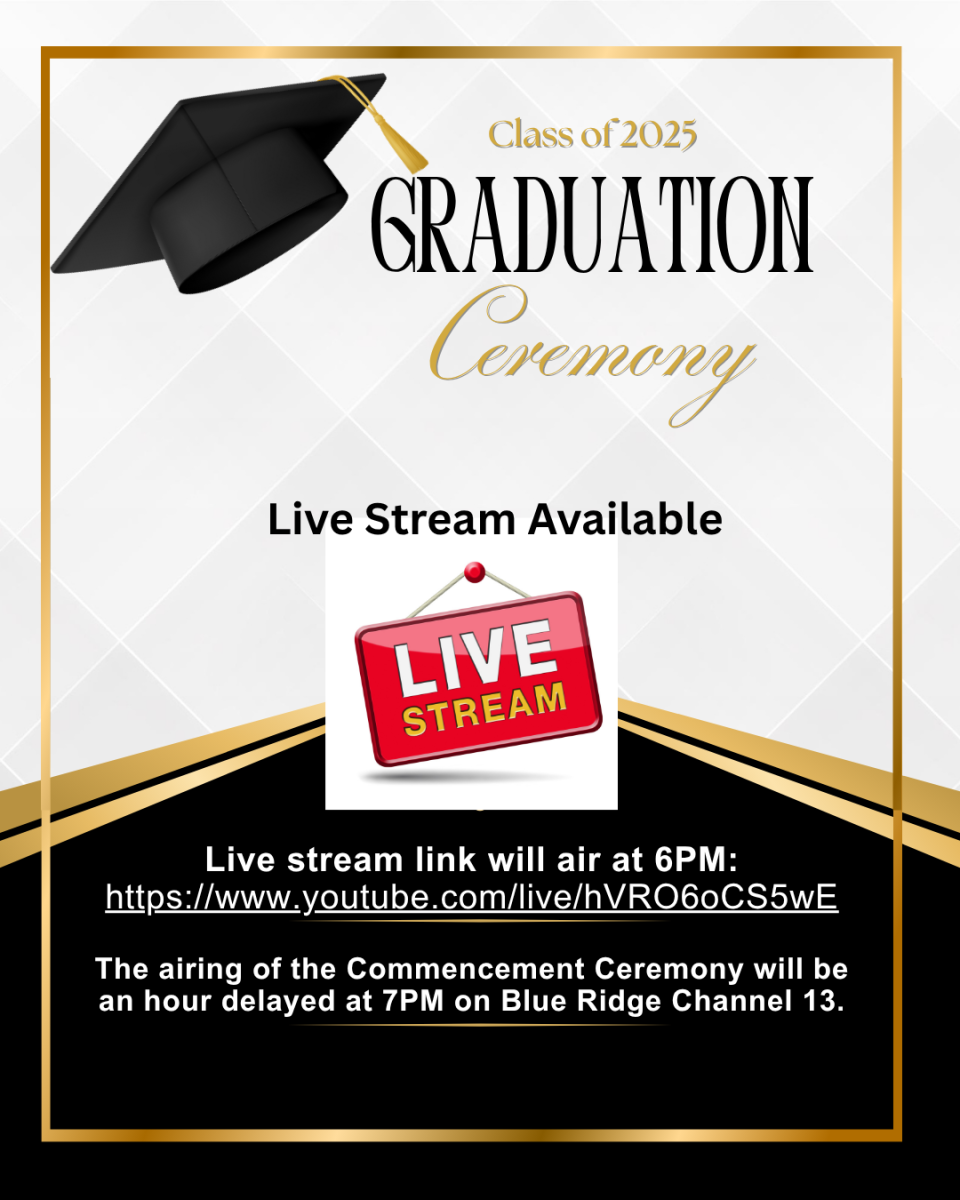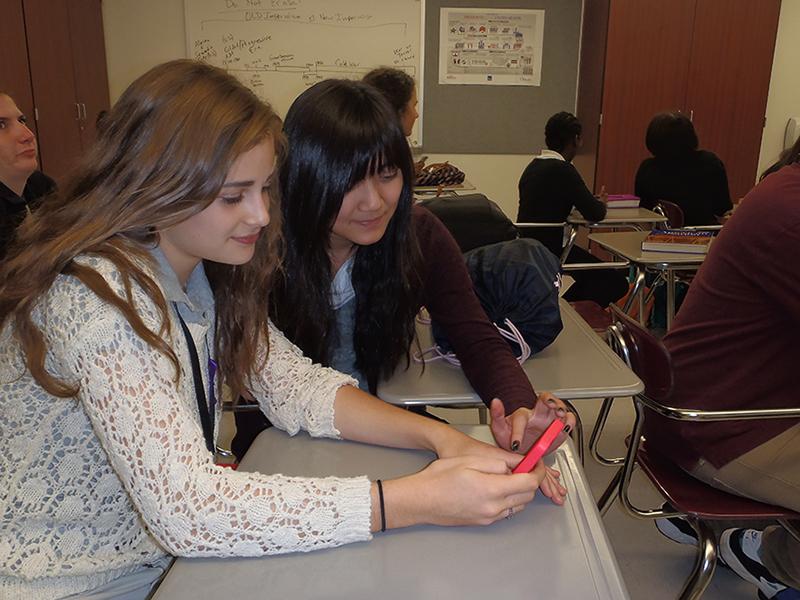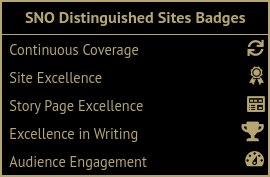SHS pilots bring your own device into classrooms
January 29, 2015
Within just three minutes of the late bell, students can explain the atomic theory, differentiate between ionic and covalent bonds, and identify Avogadroai??i??s number. They can explore the effects of the plague, view medieval paintings, and discover the pros and cons of The Patriot Act.
This recent phenomenon of instant information can be attributed to one new program: SHS’s Bring Your Own Device to school.
ai???[BYOD] aids the educational process by giving you instant access to information,” said chemistry teacher Mr. James Thomas. “It helps students gain an understanding before actually talking about the topic.”
Incorporating more technology into the school was inevitable, considering the number of young people, even children, that already use it. In fact, one in three infants knows how to use an iPad before they are able to talk, and two thirds use one regularly by the age of seven.
Nearly everyone understands how to use technology, and schools are taking on the task of turning it from a toy into a useful tool.
The technology department envisions a Google-based learning environment, where each student has a school Gmail and Google Drive account. Teachers and students will be able to share assignments and completed work with ease.
ai???Students need to learn how to properly use programs like Google Docs,” said social studies teacher Mr. Anthony Lanfrank. “Employers look for that sort of knowledge.”
Ms. Kathleen DePietro-Covey, Stroudsburgai??i??s new director of technology, has worked since the end of the 2013-2014 school year to jump start the Bring Your Own Device program, or BYOD. It allows students to bring in any electronic device, such as smartphones or tablets, and use them during school for educational purposes.
ai???We can easily look up information for school work on our phones without logging onto the dinosaur computers,ai??? said senior Bria Bittiger.
Teachers no longer have to sign up for the computer lab for simple research-related tasks, or worry about the number of expiring laptops that lie in the mass graves of laptop carts. It’s easier to find the most recent information for any topic.
ai???We can search news apps for current events to bring up in an active class discussion,ai??? said junior Ryan Humphreys. ai???Thatai??i??s something you canai??i??t get from a textbook.ai???
Not all teachers are as tech-savvy as others, which can make it tough when integrating more and more technology into the classroom. From basic computer use, to class websites, to smart-boards, technology is ever-changing and difficult to keep up with. According to DePietro-Covey, teachers who are more technically proficient will be appointed ai???building leaders,ai??? and will assist others who have trouble with any changes that may occur.
ai???Thereai??i??s always a challenge, but we have a supportive faculty that wanted this change for a long time,ai??? said DePietro-Covey, ai???The important thing is to get everyone involved in the decision making.ai???
A few people showed concern about the productivity of students, as having a device accessible at all times may become a distraction. In a study done by Pew Institute, 75% of cell owners ages 18-34 said they check their phone for messages or notifications even if they did not hear it ring.
“Some people take advantage of BYOD and use it when they’re not supposed to,” said junior Montana Ammerman. “It’s tempting to text and go on social networks if you’re already on your phone.”
According to principal Mr. Jeffrey Sodl, discipline has not been an issue; most students have used BYOD responsibly and at appropriate times. Because students can use their phones in the halls and during lunch, the unwarranted use of devices has been minimized in the classroom.
ai???We always had to harass students, but now there are fewer hassles and problems,ai??? said Sodl.
Equality of devices among students has raised some concern. Many schools in the area are starting the ai???one to one initiative,ai??? in which each student is loaned a Chromebook.
ai???Itai??i??s BYOD, but not everyone has their own D,ai??? said Mr. Bill Lowenburg, who works as a technology integrator, ai???Some students have smart phones and laptops but others donai??i??t have any of that.ai???
The ai???dinosaur computers,ai??? or ThinkPads, will eventually be recycled or donated to elementary schools. Google Chromebooks, which are one-third of the cost of a regular laptop, will fill the niche.
There are currently thirty Chromebooks already available for student use in the school library. The administration’s goal is to eventually acquire more Chromebooks, so that more and more students will have access to these tools.




